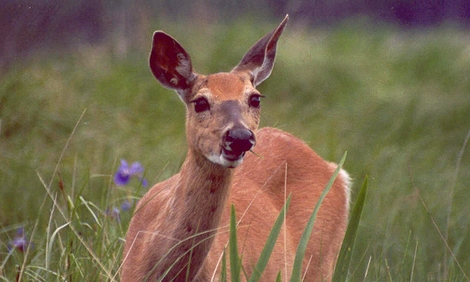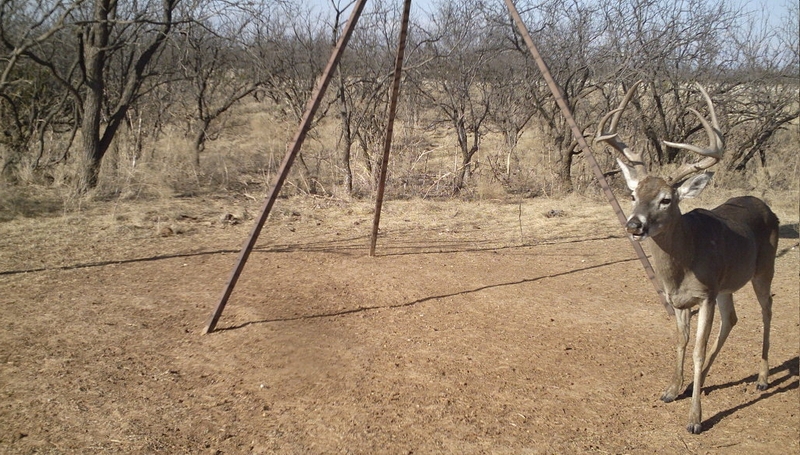White-tailed deer are one of the most widely studied wildlife species in the US. As a result, there are more known facts about whitetail than any other species, game or non-game. For example, researchers have already identified at least 25+ subspecies of white-tailed deer spanning from coast to coast! Although most are very similar, each is somewhat different in terms of physical characteristics and in behavior.

Below are 5 facts about the amazing white-tailed deer:
1. Well-nourished white-tailed bucks begin growing new antlers each April. The timing regarding new antler growth can vary with an individual buck’s body condition, but is influenced by environmental conditions. Antlers can grow more than 1/2″ per day.
2. When temperatures drop to single digits (farenheit), whitetail deer are often more nocturnal and also tend to move during the mid-day hours.
3. The large ears of white-tailed deer can rotate 180 degrees and pick up high-frequency sounds very well.
4. The entire molting process for whitetails is slow and gradual, usually taking several months to complete. From early spring to late summer, a deer’s coat transforms from a dense grey pelage (fur) to a thin but deeply-colored auburn.
5. However, when hunting in early fall, hunters will notice that the deer’s coat has changed from reddish to grey. This fall color change occurs much more rapidly, often within only one to two weeks!

Want more information? Check out these addtional white-tailed deer facts.

I live in Western Montana and am trying to confirm a species of whitetail that is about three quarters (or smaller) than the normal whitetail. Many years ago I had killed bucks that had horns not much larger than a man’s finger. The other behavior was when they were spooked they “cowered” rather than charge out of the area. At the time I write this, we have deer coming around town (eating my tulips) that have very small pellets and I feel they are of the same species. I call them “Brush Angels”!
Dave, there is the possibility that the deer are becoming smaller-bodied because of an increase in total numbers. When deer density increases in an area the average deer size will decrease, as a function of food availability. Antler size also decreases with body size. Also, decreased body and antler size can be a result of prolonged drought.